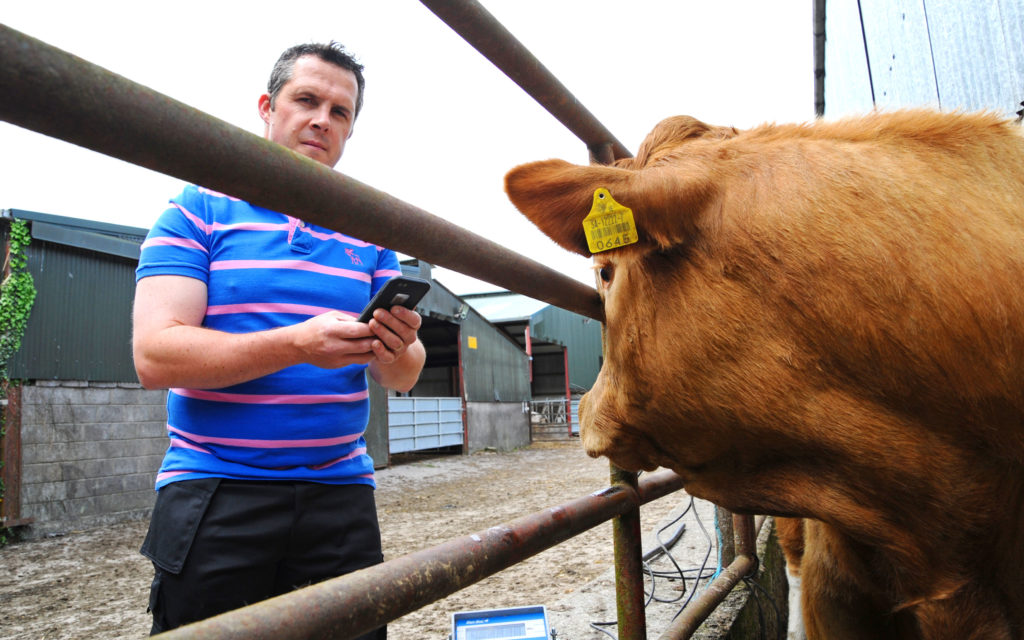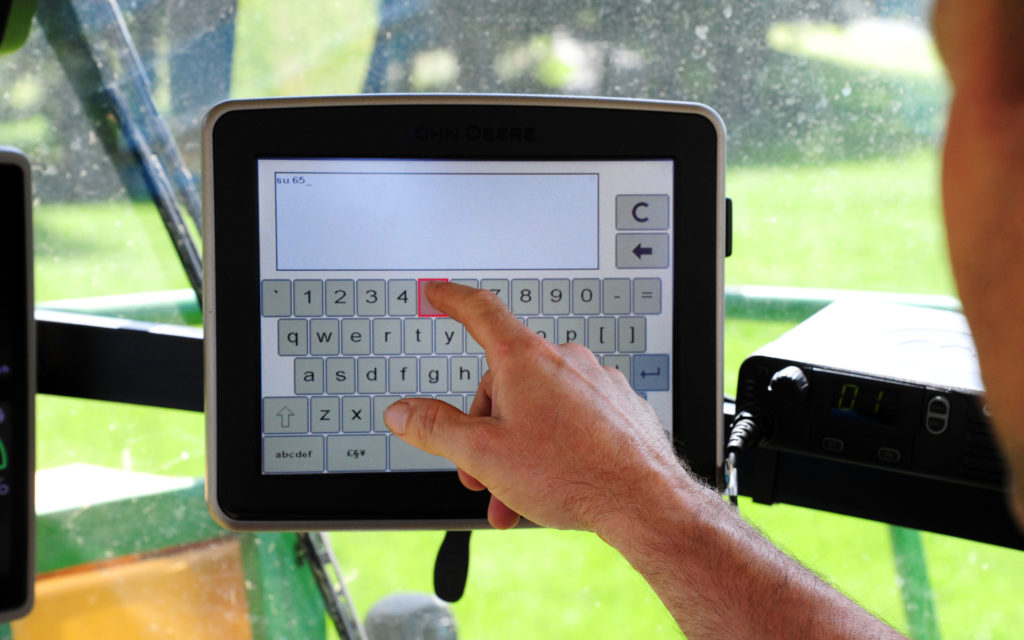Machinery manufacturers, especially the larger ones, are highly adept at filling journalists inboxes with press releases promising all sorts of heavenly benefits through the adoption of their particular technology.
Over the last few years, the emphasis has centred mainly on the role of digitalisation and what it can bring to the noble objective of increasing the efficiency of field operations.
Farmers joy?
The impression given is one of farmers dancing in delight as each new feature of some fiendishly complicated combination of software and hard steel is laid out before them.

This is only to be expected; the public face of manufacturing is usually presented by professional marketing departments after all, but it does tend to conceal an alternative and much more realistic scenario.
That scenario is one where the multitude of functions that enable an infinite number of possibilities are, in the greater part, simply ignored.
Again, there is no surprise here. Farmers are horrendously busy folk with their time already full of day-to-day farming matters and longer term plans.
Time - a limited resource
Where is there room in this schedule to sit down for hours with an instruction manual or gaze intently at Youtube videos? There isn't, so most will scrape by with the minimum that is needed to gain some benefit from a digital whatnot.

And it is not confined to the farmers themselves. I have come across company representatives who are selling the machines, being as perplexed as anyone else when a 'thingumajig' fails to respond as required.
One can only feel sorry for them in their predicament.
Of course the software engineers who dreamed up all the screens and functions and features and displays and anything else that goes bing in the night, will find it hard to comprehend this lack of connection between their baby and operators in the field.
Technology bound farming
Software engineers are also of the impression that everyone wants to be like them.
Why else would we constantly read about the desire of farmers to become remote managers of machinery, sitting at a desk juggling data and job tasks, sending instructions to machines miles away rather than sitting on them and farming through the seat of their pants?
Most farmers I know are in it because they enjoy life outdoors, watching the seasons pass and so on. Being huddled over a screen all day with little or no interaction with their stock or land is far from a desirable lifestyle choice.

Putting such superficiality aside, there is little doubt that the embracing of digital systems is not going to be the great tsunami of immediate adoption that is foretold by those wishing to sell the idea.
The fact also remains that there is a huge benefit to be had from bringing information technology to the growing of our food and energy crops, but the rate of aplication will not be rapid, nor even, across the agricultural sector.
Growth patterns in technology
In trying to understand the adoption of new technology on a historical basis, economists sometimes refer to the yeast and mushroom model of technology spread.
What is termed the mushroom growth pattern is one where new methods are suddenly adopted overnight and the results are immediately apparent to all, just as mushrooms suddenly appear on a lawn in the autumn.
The alternative scenario is often referred to as a yeast growth pattern. It is one in which growth occurs slowly and equally across an industry with no random surges, but it is definitely present and widespread, if largely unseen.

Farmers are generally conservative businessmen and so the pattern within agriculture more readily assumes the yeast model.
Yet they are constantly urged to adopt a mushroom like growth, immediately taking on board techniques that could well take years to prove their benefit.
No easy answers
The dynamics of technology change are never simple, this has always been the case. It took decades for the steam engine to replace the water wheel and some industries skipped that stage altogether and switched straight to electricity provided by another business entirely.
There is no clear path to a future utopia, and even if reached, that state of paradise will soon change as other delights are offered by entrepreneurs believing that it can still be improved upon.
Down at farm level, this translates to farmers being offered a never ceasing menu of different ideas and 'solutions' to problems they were never aware they suffered.
Trading in the horse
The machinery trade is often happy to quote Henry Ford when he noted that
“if I had asked people what they wanted, they would have said faster horses”.
A fair comment in many ways and there is certainly the notion that customers need to be shown what is possible and have it demonstrated to them.

One of the major problems being with this nowadays, is that the choice goes far beyond that of deciding between a waterwheel and steam engine or wait until the grid comes along.
It's not that the advances are unwelcome, more that the choice is overwhelmingly complex and new technologies are being pushed by manufacturers rather than growing organically through demand.
Big fields and big technology
Recently, Scott Wine, the CEO of Case New Holland declared, with reference to machine automation that "this game in ag is really about productivity and yield".
There are few who could argue with the sentiment but the vision that he may have of autonomous machinery prowling the prairies is somewhat at odds with the universal family farm, as we have come to understand this somewhat confected ideal.

John Deere is very much in the same frame of mind while more European and eastern orientated manufacturers are starting to appreciate the chasm that is growing between that vision and the present state of play on smaller farms.
Kubota, for instance, is buying into both smaller technology based companies with expertise in specific areas, and manufacturers of basic tractors in the shape of Escorts of India.
Small fields and organic growth
Meanwhile, AGCO has come down a gear with its creation of Smart Ag, which is more a shift in philosophy than it is a separate company division.
The first fruit of this development is being trialled now in the form of Geo-Bird, a mapping app that allows the planning of field operations at all levels of involvement with digital technology.
It is immediately useful to all farmers with no investment required, and AGCO appears to be keeping the concept small and lively, and so better able to respond to the demand from growers rather than impose a corporate ideal upon its customers.
Whichever approach wins out, mega scale autonomy or localised digital auxiliary services, the farmer will be asked to choose from a vast and complicated array of options, and that in itself will slow the adoption of new techniques.

